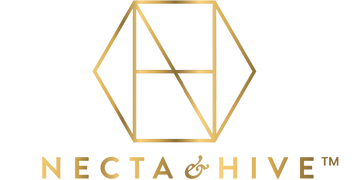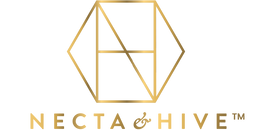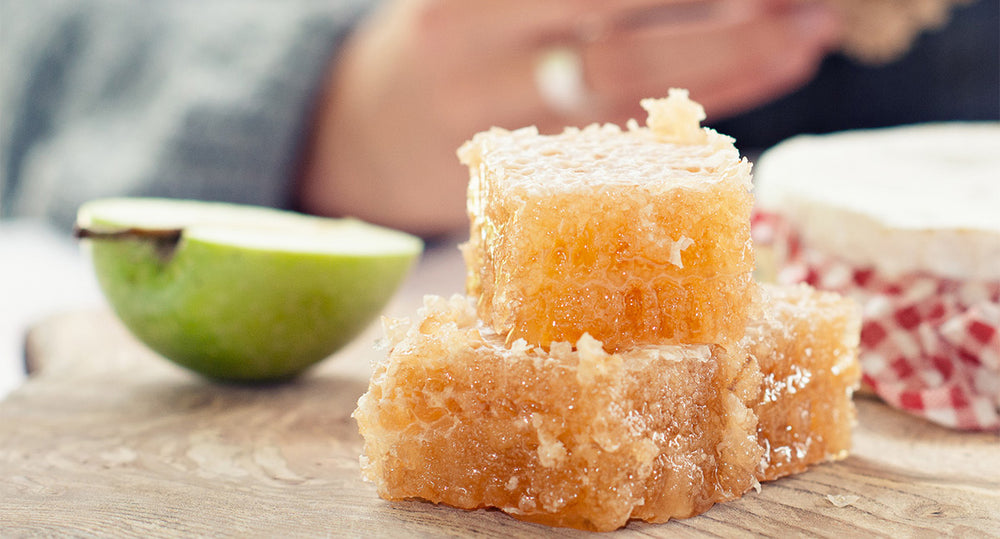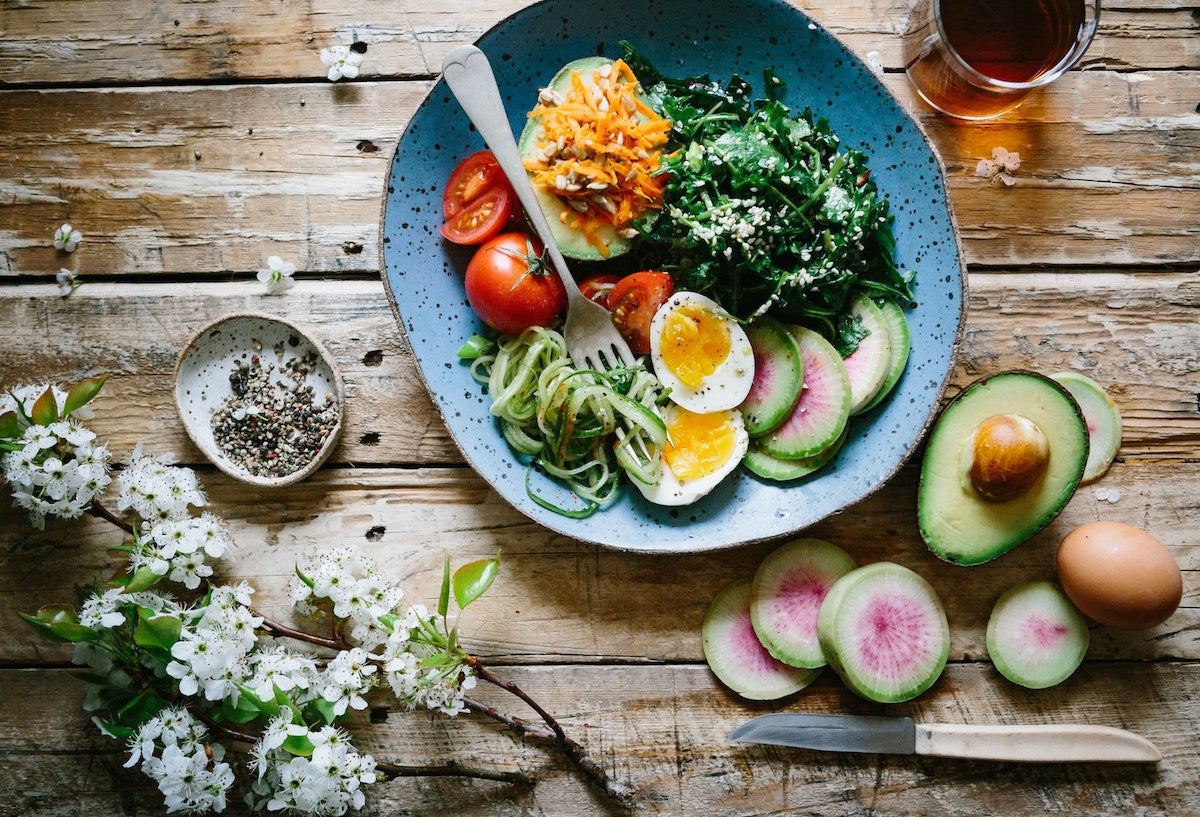Like many things, the old adage “you get what you pay for” is true. The same can most definitely be said for honey. Supermarket honey sold in squeezy bottles might be much cheaper than Necta & Hive honey, but that’s because the quality is far less.
So if you are going to buy more expensive honey, you naturally want to also know that you’re getting the genuine product. All Necta & Hive honey is guaranteed genuine and unadulterated, and we publish our independent lab test results that prove the Total Activity (TA) rating or our honey – a measure of the antimicrobial power of a honey. (Our honey is amongst the highest rated TA honey on the market.)
Here’s how to know that the honey you’re buying is real…
Check the Country of Origin
Like Manuka honey from New Zealand, Jarrah, Marri and Red Gum honeys have to come from Australia. Necta & Hive Jarrah 22+ TA honey, and Necta & Marri Wild honeycomb 15+ TA honey all come from hives whose bees have foraged on trees native to Australia. It’s illegal to call a honey Jarrah or Marri (or Manuka) if it hasn’t come from these parts of the world and from bees foraging on these trees.
That aside, regular supermarket honey that’s labelled as coming from outside of the EU is usually blended with something other than honey such as glucose syrup or corn syrup.
Look for the Origin or Floral Type
Similarly to country of origin, if you need to dig deep on the label of a bottle or jar of honey for what type of flora the honey is from, it’s likely that the manufacturer isn’t keen to shout it from the rooftops, which can only mean one thing – adulteration.
Bee keepers and honey producers doing good work to produce a honey that’s both delicious and honest, will want to tell you all about it. They’ll be proud to say where their hardworking bees have been allowed to forage and where their honey is from.
If not, the honey has again more than likely been blended either with cheaper, inferior honey to top up their honey and therefore make more margin, or with sugar cane or glucose syrup.
We would hope that none of these adulteration ingredients are harmful to health. But the point is, as consumers we want to know that what we’re paying for and eating, is what we’re led to believe it is. Sadly, in the honey industry, there are plenty of dishonest, unscrupulous producers.
Tests You Can Perform at Home
The internet is awash with different tests that you can carry out, that will prove or disprove that your bottle or jar does or doesn’t contain actual pure honey. These tests range from adding a drop to a glass of water (real honey is said to settle in lumps whereas fake honey will dissolve) to flame, heat and vinegar tests.
Whilst these might be fun (although be careful with naked flames!), they’re not absolute tests that will prove the purity or provenance of your honey. In fact, Australian scientists have ‘cast doubt’ over these purity tests.
The only robust way of knowing if your honey is genuine, is by purchasing honey from trustworthy brands, like Necta & Hive. One taste and you’ll be hooked!






